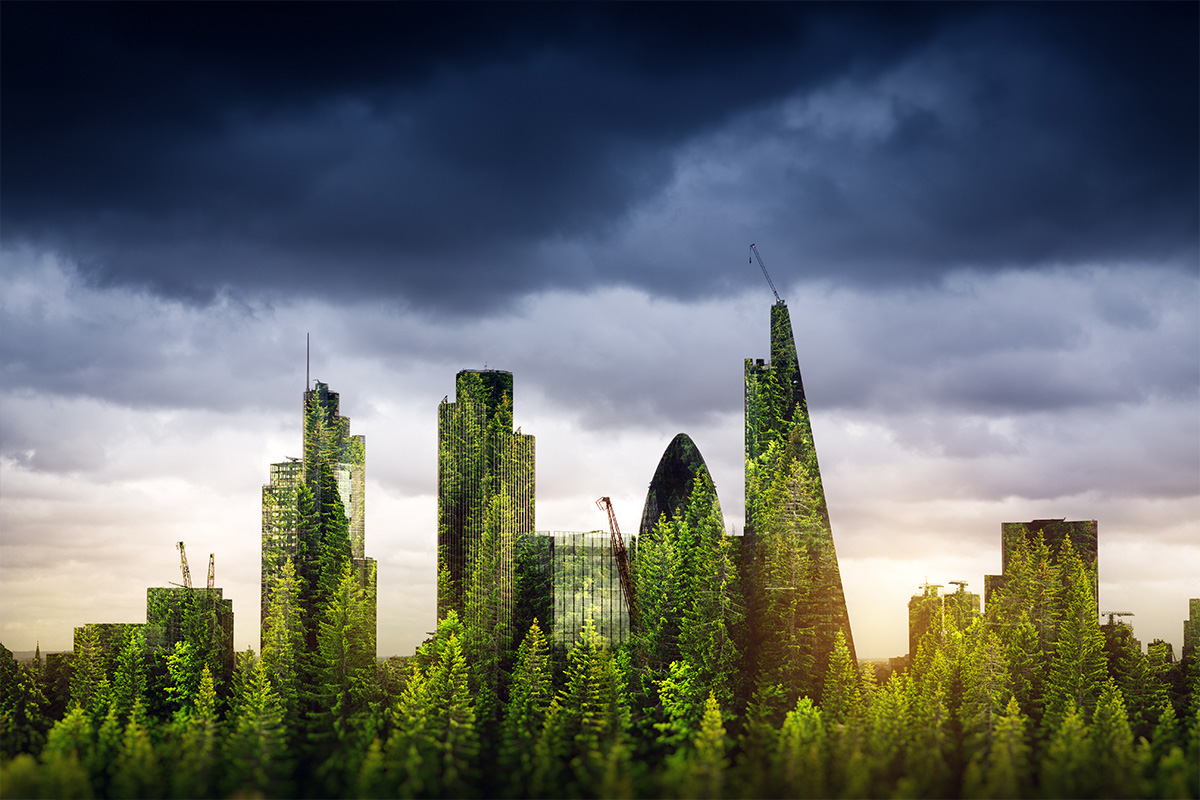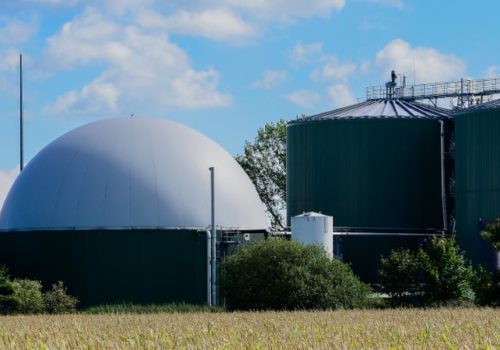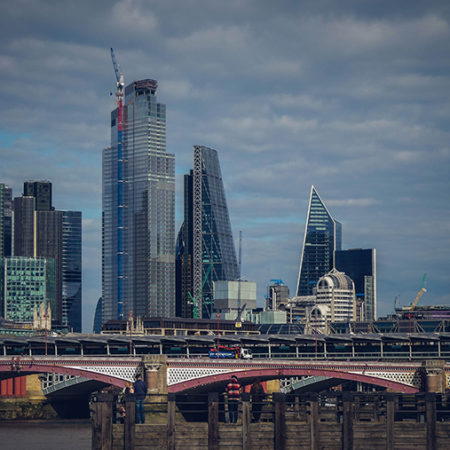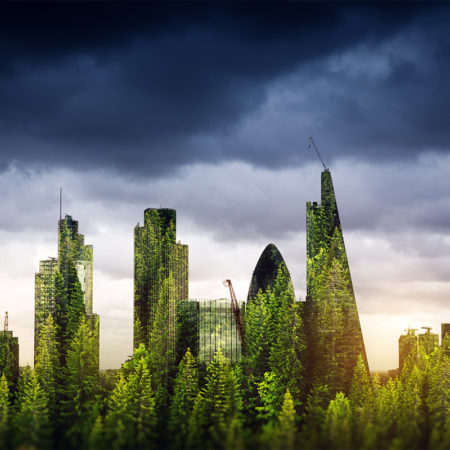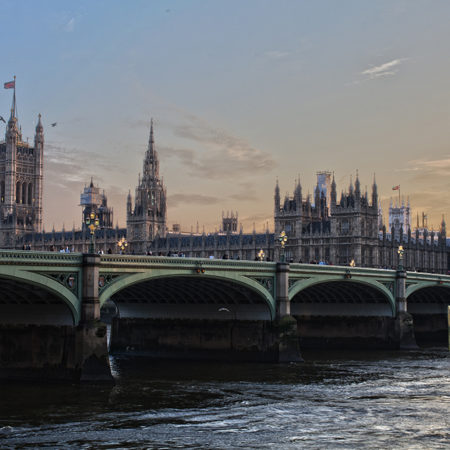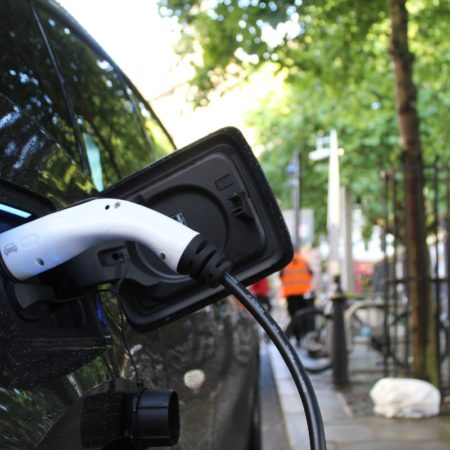Buildings and corporate estates have a huge role to play in reaching net zero in the UK. But does a true sense of a net zero building exist? And if it does, what must big business do to develop more of them?
Every big corporate should by now be aware of what net zero is, and the fact the UK is headed squarely towards achieving it, likely through additional forthcoming legislation to the top level targets, though for now Whitehall minds appear focused on Covid-19.
The signals mean it makes sense for big UK businesses to set about upping their knowledge game, while ideally implementing steps that will help futureproof their operations as the months and years to net zero 2050 ebb away.
And where better to start than with buildings, estates and their impacts?

Frameworks and definitions
Thankfully, within what is a complex playing field, UKGBC has developed a framework definition for net zero carbon buildings to provide industry with clarity on how to achieve net zero carbon in construction and operation.
UKGBC says the framework aims to set in place a path to achieve net zero carbon buildings in both construction and operation (in-use energy consumption), whilst beginning to provide direction for addressing whole life carbon in the industry too.
This sounds like exactly the tool to offer major potential wins to companies with the foresight and the energy to get involved in the game early.
Top-level requirements for net zero buildings
UKGBC advises that by 2030 all new buildings must operate at net zero to meet our climate change targets. And this in turn means that by 2025 all new buildings will need to be designed to meet these targets.
That really isn’t very far away at all, so action on the part of big corporates now is key. Thankfully, UKGBC has provided a hitlist to guide these.
Low energy use
The top two items UKGBC targets cover reducing energy usage; for non-domestic buildings a minimum DEC B (40) rating should be achieved and/or an EUI equal or less than: 65 kWh/m2/yr (GIA) for schools or 70 kWh/m2/yr (NLA) or 55 kWh/m2/yr (GIA) for commercial offices.
Space heating demand should also be less than 15 kWh/m2/yr for all building types.
Then, UKGBC continues to recommend that annual energy use and renewable energy generation on-site must be reported and independently verified in-use each year for the first five years.
Reducing construction impacts
Plainly, a net zero building isn’t just about operations, but about construction too. Embodied carbon should be assessed, reduced and verified post-construction.
Logically enough, low carbon energy supply is also on UKGBC’s hitlist; heating and hot water should not be generated using fossil fuels, which is a massive statement of intent and the scope of the changes net zero will bring to UK businesses.
Further, on-site renewable electricity should be maximised and energy demand response and storage measures should be incorporated.
These are all elements and themes forward thinking businesses should already be aware of, but there is a vast difference between understanding that net zero is coming and actually achieving these goals across a complete business estate in good time.
After all, eliminating fossil fuels 100% across heat and hot water represents a fundamental rewriting of how most business buildings are presently run.

Carbon balancing
At the rear end of UKGBC recommendations comes carbon balancing. ‘A carbon balance calculation (on an annual basis) should be undertaken and it should be demonstrated that the building achieves a net zero carbon balance.’
And finally, energy use not met by on-site renewables should be met by an investment into additional renewable energy capacity off-site or a minimum 15 year renewable energy power purchase agreement.
Themes and dreams
As a whole, the UKGBC guidance represents an exceptionally powerful resource for big UK corporates seeking to embed a pathway towards net zero buildings today.
There is other global action underway too; EDIE reports that in August this year, five major companies including Mott MacDonald signed up to the World Green Building Council’s (WorldGBC) net zero carbon commitment, which binds signatories to reach carbon neutral operations by 2030.
With the new signatories, writes EDIE, the Commitment has now garnered the support of more than 100 organisations, up from 50 organisations this time in 2019. The supporting cohort collectively represents more than 6,000 buildings and $100bn in annual turnover.
According to WorldGBC, if all the signatories of the commitment meet its aims, 3.4 million tonnes of CO2e emissions will be mitigated by 2030, an indication of the astonishing wins available as business transitions to net zero.
The path there will be challenging, but the rewards rich for those who engage actively and early.


